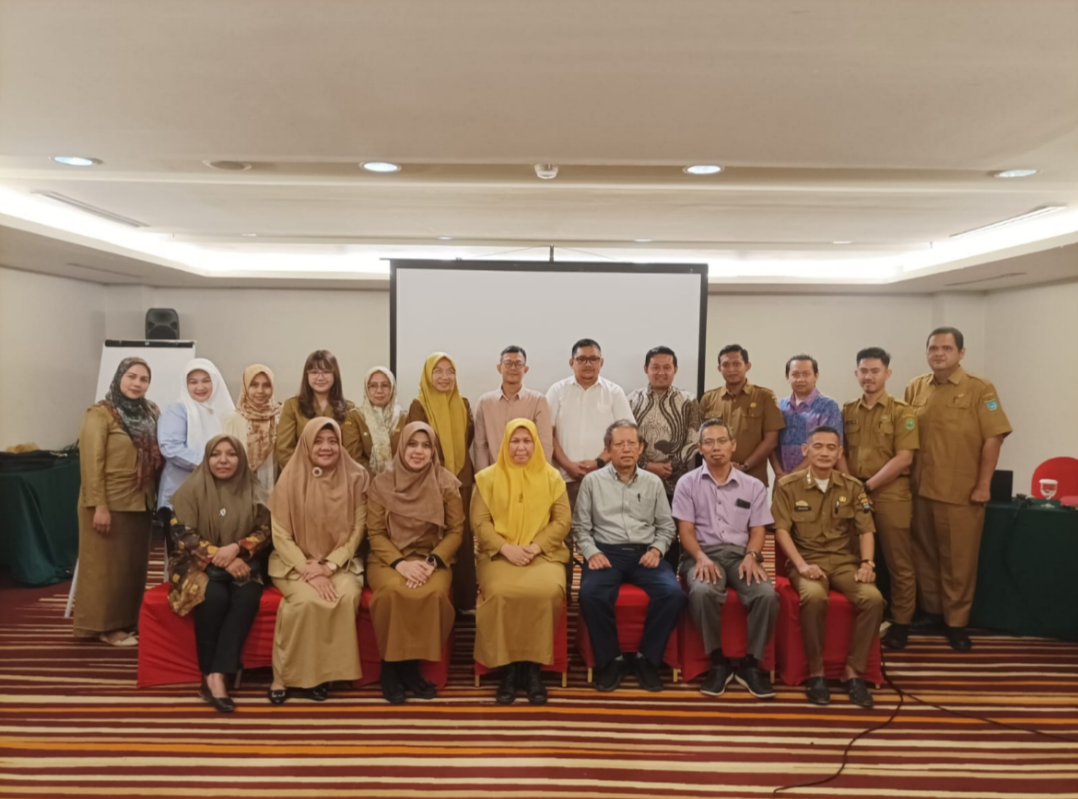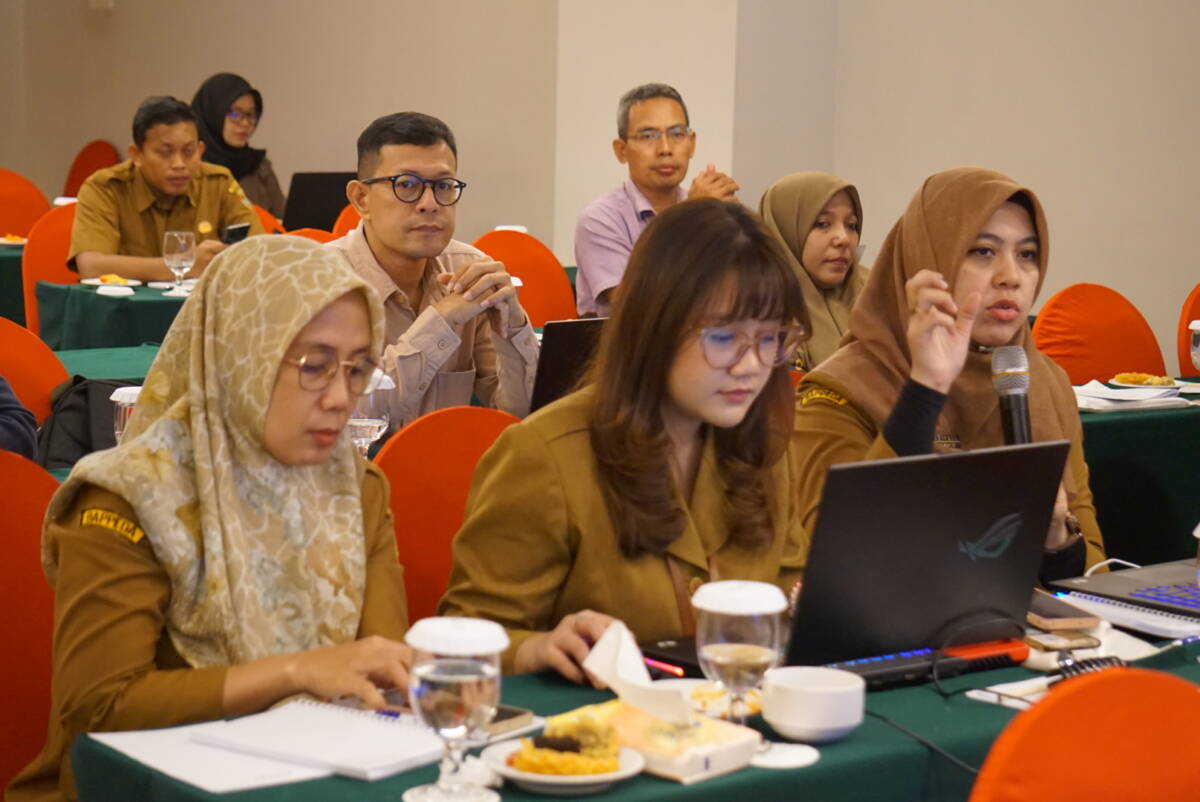 To achieve the ambitious target of reducing Greenhouse Gas (GHG) emissions in accordance with the Paris Agreement, Indonesia released the Enhanced Nationally Determined Contribution (NDC) document which states the emission reduction target is 31.89% (with its own efforts) and 43.2% (with support internationally) in 2030. In more detail, the National Medium Term Development Plan Document (RPJMN) also supports this target by stating that Indonesia can achieve a 27.3% reduction in GHG emissions by 2024.
To achieve the ambitious target of reducing Greenhouse Gas (GHG) emissions in accordance with the Paris Agreement, Indonesia released the Enhanced Nationally Determined Contribution (NDC) document which states the emission reduction target is 31.89% (with its own efforts) and 43.2% (with support internationally) in 2030. In more detail, the National Medium Term Development Plan Document (RPJMN) also supports this target by stating that Indonesia can achieve a 27.3% reduction in GHG emissions by 2024.
As a province that uses and uses large-scale coal, and is able to export electricity to surrounding provinces, South Sumatra is one of the largest GHG contributors nationally. In connection with this, the Institute for Essential Services Reform (IESR) held a capacity building event entitled Workshop on Calculating GHG Emissions and Budget Tagging with the Provincial and Regency/City Regional Planning Agencies (Bappeda) in South Sumatra on September 25 2023.
In the workshop which was attended by around 25 representatives of Provincial and Regency/City Bappeda in South Sumatra, IESR presented two speakers from the Fiscal Policy Agency and the National Research and Innovation Agency (BRIN). Representing the IESR Sustainable Energy Access team, Reananda Permono explained that IESR is committed to holding four workshop events in the context of capacity building for the South Sumatra Bappeda in dealing with the issue of a just energy transition and economic transformation in South Sumatra. In the regional context, this capacity building activity is needed because Bappeda is an important stakeholder in energy transition activities.
In his speech at the opening of the event, Hari Wibawa, Head of the Economic and Development Funding Division of Bappeda for South Sumatra Province, reminded Bappeda colleagues of the importance of insight into GHG emissions and budget tagging. Moreover, South Sumatra’s economy is largely supported by the mining industry, as evidenced by the many districts in South Sumatra that depend on their GRDP from the coal mining sector.
Policy Analyst from the Fiscal Policy Agency, M. Zainul Abidin, who was the first resource person, explained the importance of Budget Tagging in monitoring the impact of climate change in Indonesia. Budget marking activities are directly connected to the APBN, so that they can support the development agenda and national fiscal policy. Zainul also mentioned three functions of the APBN as an economic stimulus instrument, namely as a shock absorber (stabilization function), development agent (allocation function), and solution for people’s welfare (distribution function).
“The results of budget marking are used in the NDC (Nationally Determined Contribution) achievement monitoring system in the Ministry of Environment and Forestry’s National Registry System (SRN), and efforts are made to support the low carbon development monitoring system in the AKSARA Bappenas system. “There are quite a lot of uses for budget tagging, for example as a basis for forming cooperation in climate change action and as a basis for local governments to obtain innovative financing,” explained Zainul.
The second resource person, researcher from BRIN Rohmadi Ridlo, stated the importance of developing climate change mitigation and adaptation strategies to reduce GHG emissions in South Sumatra Province. Information regarding GHGs can then be used in identifying climate change mitigation and adaptation strategies, formulating sustainable environmental policies, and even as a basis for preparing special budgets to reduce GHGs at the provincial level.
“In general, there are five sectors that produce GHG emissions, namely energy, waste, IPPU (Industrial Process and Product Uses), agriculture, and FOLU (Forestry and Other Land Uses). The energy sector is still the largest source of GHG emissions nationally with 453.2 Mton CO2. “For the case of South Sumatra, one example of a strategy to reduce GHG emissions in the energy sector is biomass co-firing technology to produce electricity in coal-fired power plants,” explained Ridlo.

